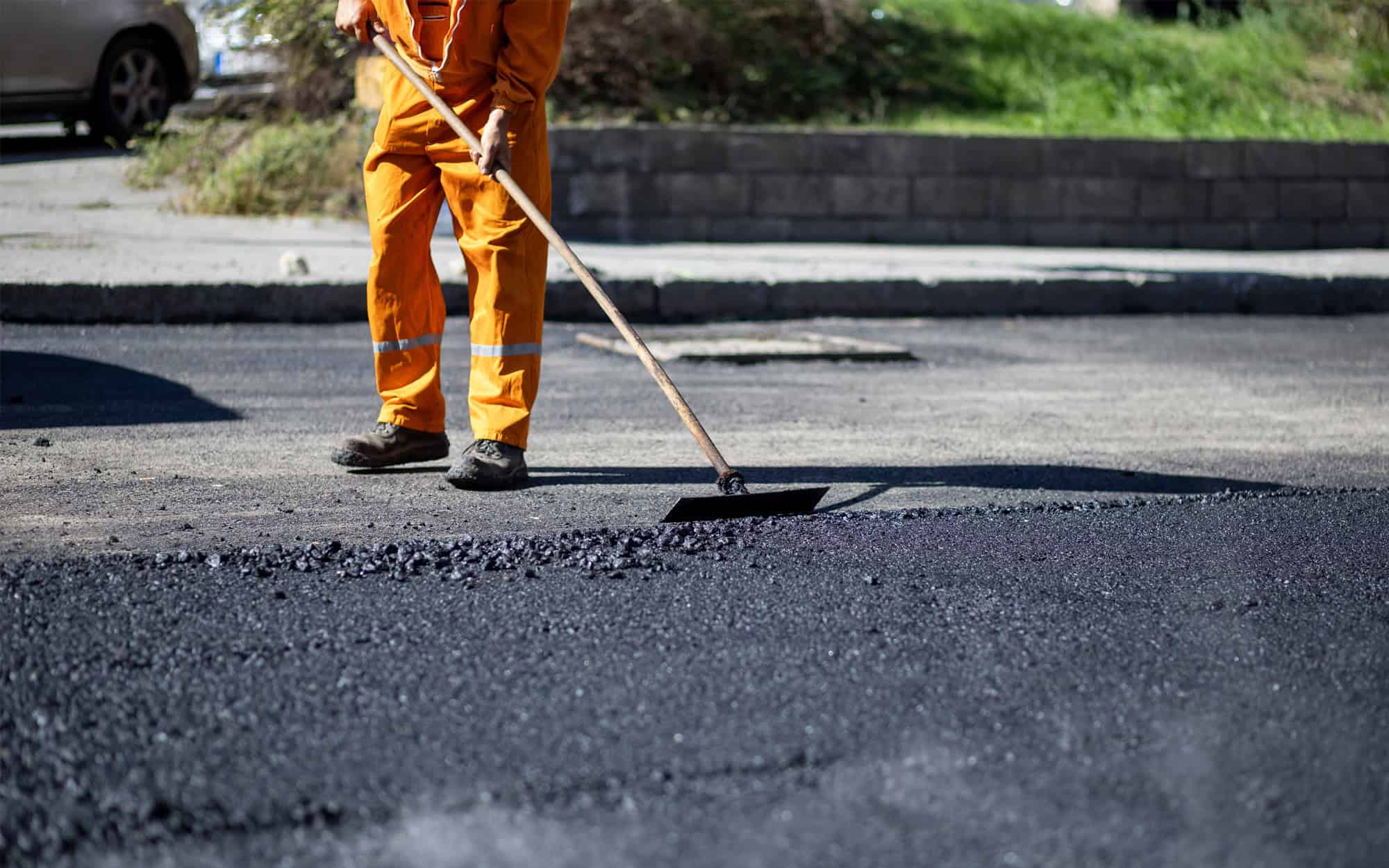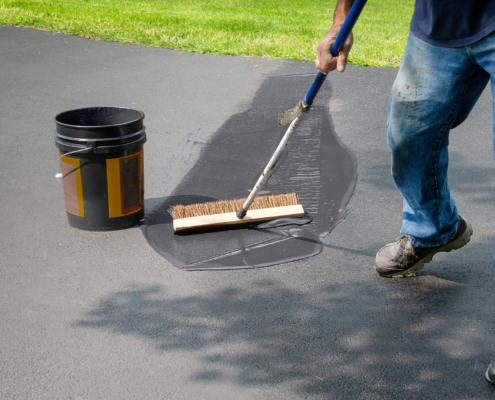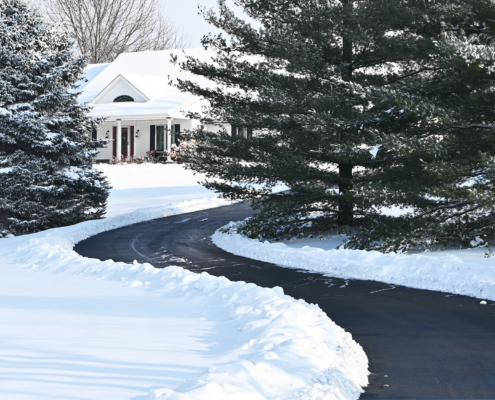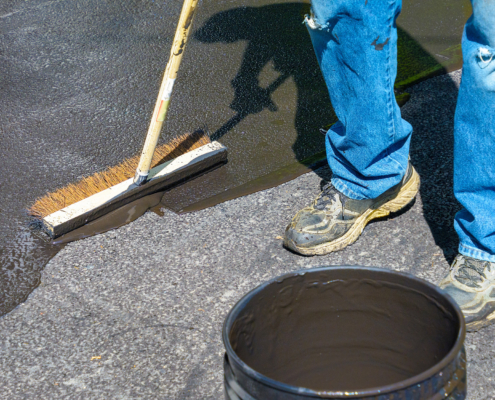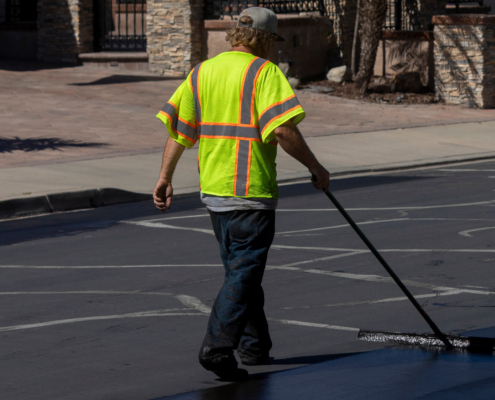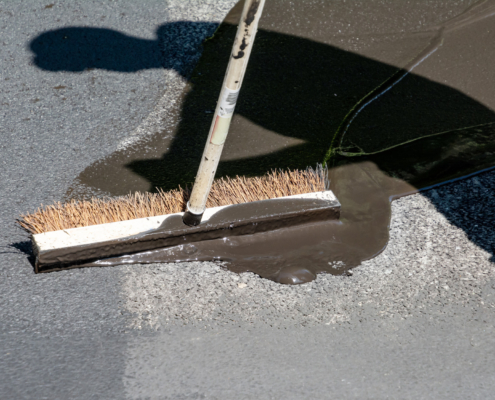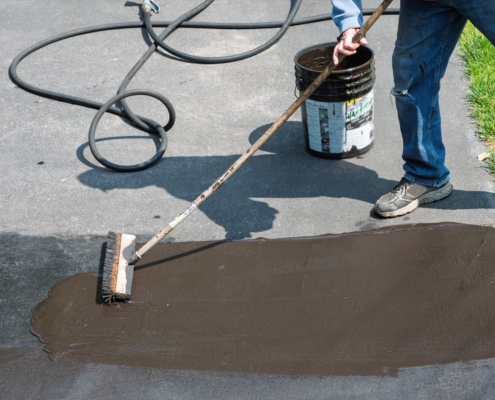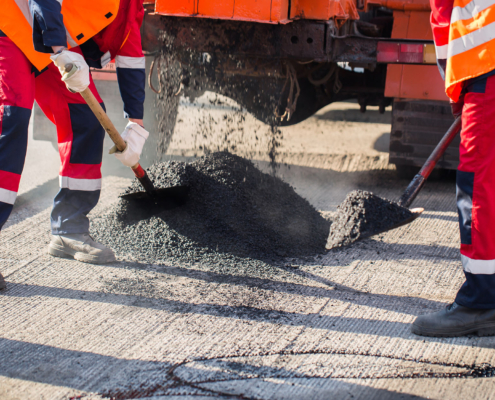Eco-friendly asphalt resurfacing focuses on reducing pollution and saving natural resources while creating durable, attractive pavement. Companies use special techniques and materials to make the process greener and more efficient. But what exactly makes this process better for the planet?
1. Recycling Asphalt Materials
One of the best ways to help the environment is by recycling. Old asphalt can be broken down, crushed, and reused to make new pavement. This is called Reclaimed Asphalt Pavement (RAP). Recycling asphalt means we don’t have to dig up as many new materials, keeping asphalt waste out of landfills.
Using recycled asphalt also means using less energy and releasing fewer harmful gases into the air. Even better, recycled asphalt works just as well as new asphalt. It’s strong, lasts a long time, and looks great. Plus, it helps lower construction costs, making eco-friendly paving affordable and practical.
2. Reducing Emissions
Companies that resurface asphalt often use machines and methods that produce pollution. But now, better techniques like Warm Mix Asphalt (WMA) help lower the temperature needed to mix and lay asphalt. This saves energy and releases fewer pollutants into the air, making resurfacing projects much better for the environment.
Warm Mix Asphalt uses up to 50% less energy than traditional methods, making it an excellent option for eco-friendly resurfacing. It also helps keep the air cleaner by releasing fewer greenhouse gases, making it safer for workers and the community.
3. Using Safer Paving Solutions
Eco-friendly paving solutions are designed to be gentle on the environment. They use water-based sealants and non-toxic materials to create surfaces that are strong, durable, and safe for the planet.
Low-impact sealants are less harmful to the soil and water around your property. By using these safer materials, paving companies help protect wildlife and local ecosystems. These solutions make surfaces last longer, meaning less maintenance and lower costs over time.

